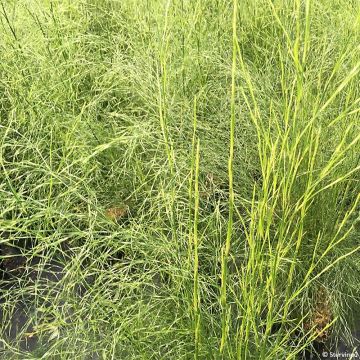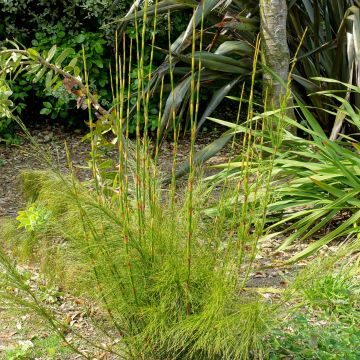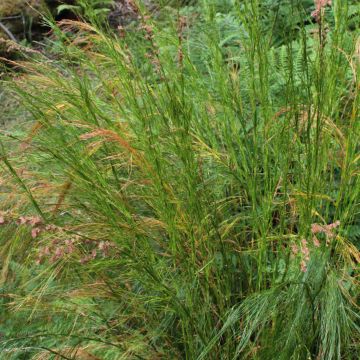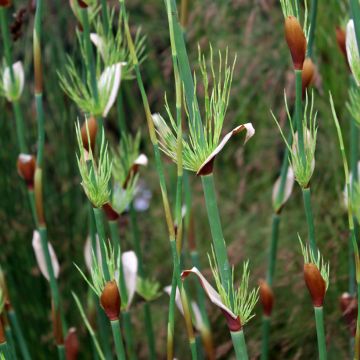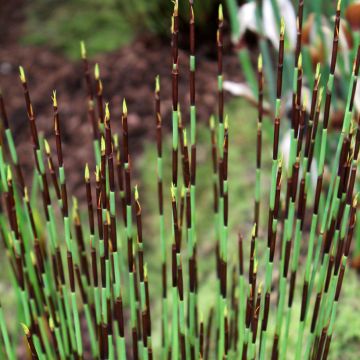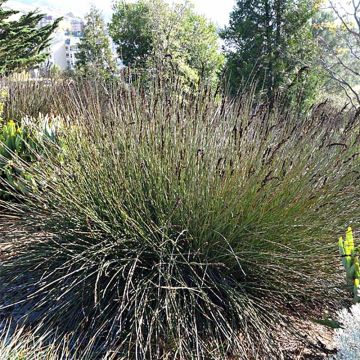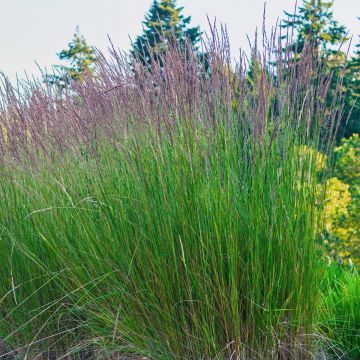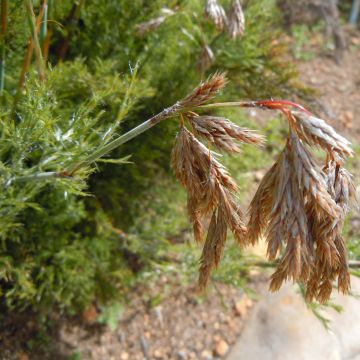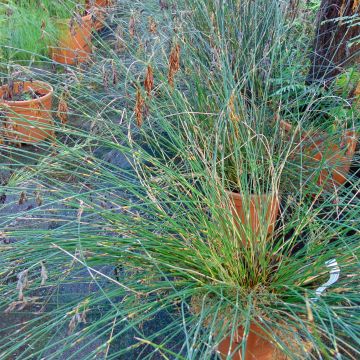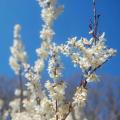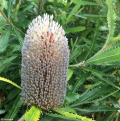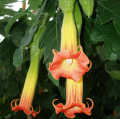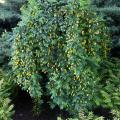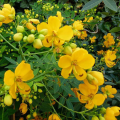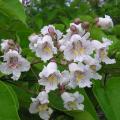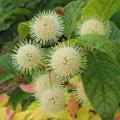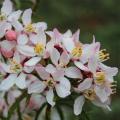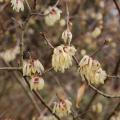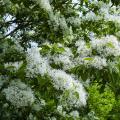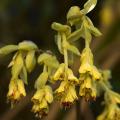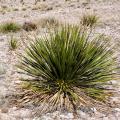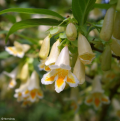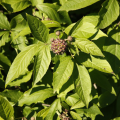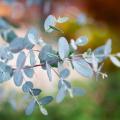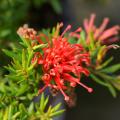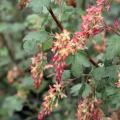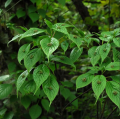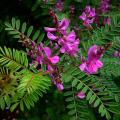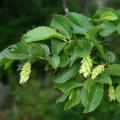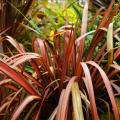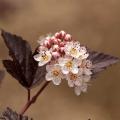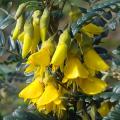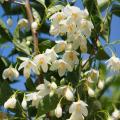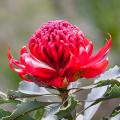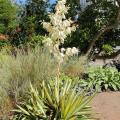Restios
Does this plant fit my garden? Set up your Plantfit profile →
Available in 1 sizes
Available in 1 sizes
Available in 1 sizes
Available in 1 sizes
Available in 2 sizes
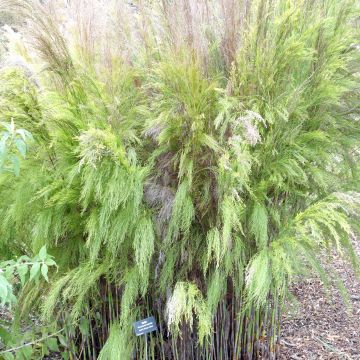
Available in 1 sizes
Available in 1 sizes
Available in 1 sizes
Available in 1 sizes
Available in 1 sizes
Available in 1 sizes
Restios, including Elegia capensis and restio reed, are curious evergreen perennial plants that resemble rushes, grasses (Thamnochortus pluristachyus), horsetails and even bamboo, reaching a height of 2.50m (8ft) like the Rhodocoma gigantea. Belonging to the Restionaceae family, these tender plants are mostly native to South Africa and Australia and are poorly adapted to cold climates. This family comprises of nearly 490 species. The 330 African species mostly grow in the Cape region and are part of the fynbos flora, a very specific vegetation formation, similar to the Mediterranean maquis, dominated by three plant families: Restionaceae, Ericaceae and Proteaceae. Restios can be found in almost all fynbos habitats, from sandy plains to riverbanks, mountains, dry or humid areas. They differ from 'herbs' by having a stronger stem, leaves without lamina but with a leaf sheath (evergreen or deciduous) dividing at the base. Unlike rushes, restios bear their inflorescences at the top of the stems.
They are upright plants, reaching from10cm (4in) to 3 or 4m (10 or 13ft) in height. They are green in colour, and carry out photosynthesis only at the stem level. Amongst restios, there are male and female plants, with very different flowering appearances.
This astonishing Restionaceae family therefore offers quite an extraordinary diversity that allows everyone to bring a very personal touch to their garden. Restios can also be used in a very decorative way in pots on the terrace, to be stored in cold climates. In the ground in mild climates or in pots elsewhere, they always make a successful combination with proteas, heather shrubs, Leptospermum and callistemons.
Haven't found what you were looking for?








































